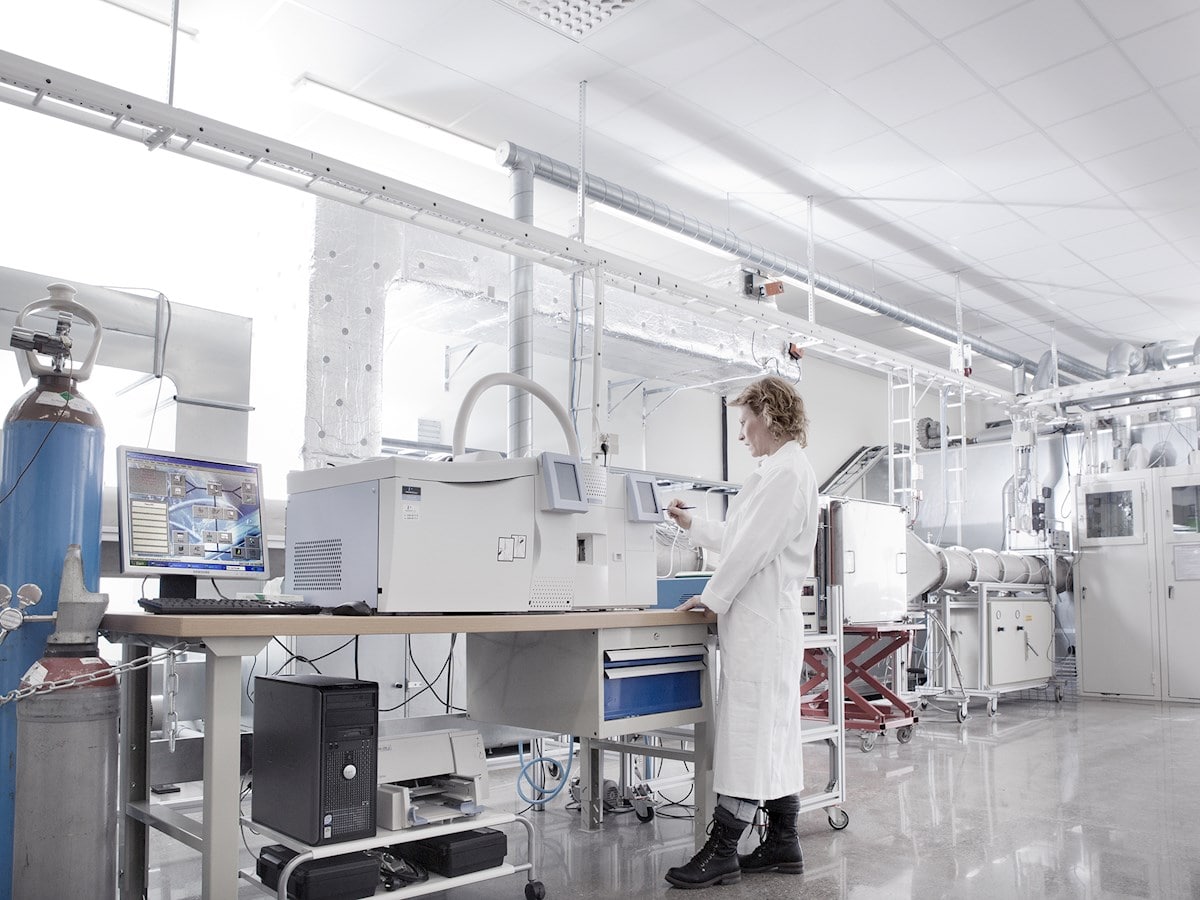
Strong R&D results in advanced innovations - Camfil’s team is focused on developing and designing the products that are robust, reliable, and evolutionary. Along with energy savings and reduced carbon emissions, Camfil’s core vision for all product development and innovation activities is to create awareness about the environmental footprint. From a customer perspective, the two-primary value-additions resulting from sustainable product development are
1. lowest Total Cost of Ownership (TCO) and
2. the reliable delivery of clean air
What is the Total Cost of Ownership (TCO)?
Over the lifetime of owning an air filter, the cost is typically divided as follows:
• 70% is related to energy consumption,
• 15% to the purchase cost,
• 13% is the replacement cost of the filter and 2% as labour & disposal cost
Therefore, there is a strong focus in developing efforts on minimizing energy consumption as well as simplifying the efforts to recycle or reuse Camfil’s products.
Camfil’s advanced approach in developing new products or enhancements are defined by two perspectives: the customer perspective and product life cycle perspective.
The lifecycle perspective is especially helpful when trying to identify the potential to reduce the product’s environmental footprint. Early in the development phase of the product’s life, Camfil’s team typically evaluates the choice of raw materials, means of manufacturing these materials, and the effects of transportation and logistics. In the manufacturing phase, internal processes are evaluated in terms of energy use, complimentary raw materials, ergonomics & work environment, internal waste treatment, and recycling. Further along in the chain the transport distances, optimal location for production, volume and weight efficiencies in packaging, and mode of transport to customers and local warehouses are considered.
In the use phase, most effort goes into minimizing the overall energy consumption and ensuring health and safety for the maintenance staff who often handles the used contaminated air filters. Finally, at the end of filter life, the focus is on minimizing general waste, whenever possible ensuring that the waste can be easily separated into recyclable or reusable fractions. To ensure that Camfil optimizes the environmental choices and maintains a holistic view of sustainability during product development, state-of-the-art life cycle analysis (LCA) simulation tools are used. These tools enable the team to model the entire products life cycle from cradle to grave, including all life cycle phases and components of the product. The modelling tools translate the environmental impact of given choices into a common unit, CO2 equivalents. This is highly effective in judging what the impact of, for example, a certain choice of new filter media is on the overall environmental footprint of the product.
Camfil’s use of modern LCA modelling software now enables a more rapid, accurate, and complete modelling of the environmental impact of our development choices in all applications.
Furthermore, Camfil is helping to develop industry standards
Camfil actively participates in standards taskforce/panels to ensure that a good balance is achieved between filtration efficiency and energy efficiency in general ventilation systems. Industry standards and governmental regulations preserve this balance and help drive the development of innovative solutions that simultaneously increase both these elements to safeguard people’s health and conserve energy.